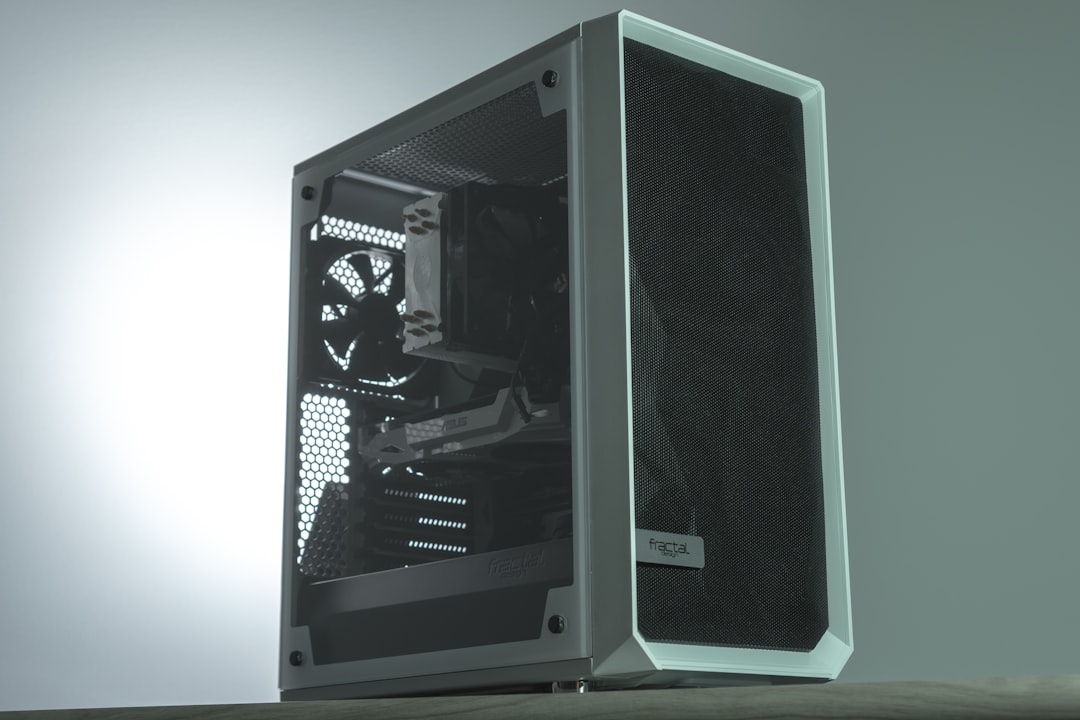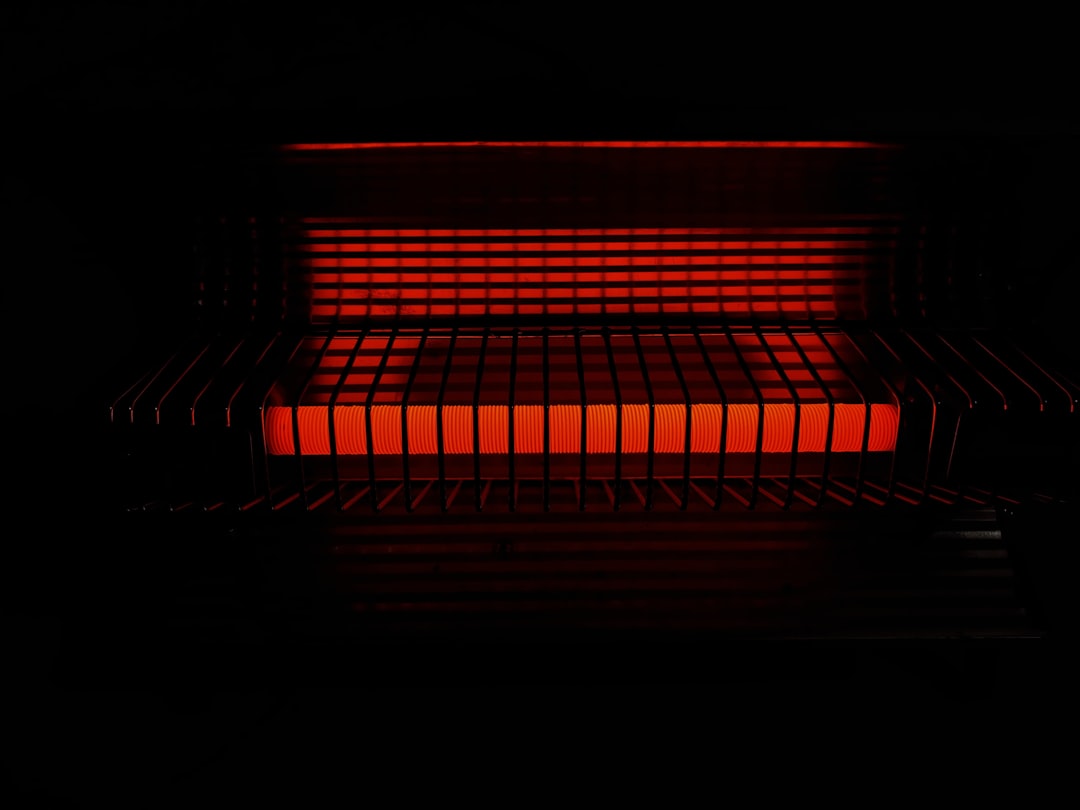When you’re building a PC or upgrading your CPU cooler, orientation matters more than you might think. Should you mount it horizontally or vertically? That’s the big question. Let’s break it down in a fun and simple way. By the end, you’ll know exactly what works best for your setup!
TLDR:
A horizontal CPU cooler pulls air from the bottom (usually near your GPU) and pushes it up. A vertical cooler pulls air from the front of your case and pushes it toward the back, aligning with your case’s airflow. If you’re using a tower case with front-to-back airflow, vertical is usually better. But always consider your case layout and fan positions!
What Is Cooler Orientation?
Most air CPU coolers come in tower style. That means one big fan, one heatsink, and some copper heat pipes running through it. The “orientation” is just the direction the fan is facing—either side-to-side (vertical) or up-and-down (horizontal).
Let’s keep it simple:
- Vertical orientation: Fan sucks air from the front of your case and blows it straight out the back.
- Horizontal orientation: Fan sucks air from below (near the GPU) and pushes it up toward the top of the case or motherboard.
Sounds simple, right? But each has pros and cons that can impact temps, noise, and even how good your rig looks.
Understanding Case Airflow
Before we fight vertical vs. horizontal, let’s talk airflow. Most PC cases are designed with airflow that goes like this:
Front → Back and Bottom → Top.
That means cold air comes in from the front (and maybe bottom), and hot air leaves out the back (and maybe top).
So, does the orientation of your CPU cooler match that path? Let’s find out.
Vertical CPU Cooler Orientation
This is the most common setup. The cooler fan pulls air from the front of your case and pushes it out the back, directly aligned with other case fans. It works like a team.
Pros:
- Matches most case airflow designs.
- Usually cooler CPU temps.
- Smoother airflow = less noise.
- Works great with rear exhaust fans.
Cons:
- Can be tight in small cases.
- May block RAM slots depending on cooler size.

Horizontal CPU Cooler Orientation
This setup is often used in lower-profile builds, like HTPCs or small form factor (SFF) cases. Here, the fan pulls air from the GPU area and blows it directly upward toward the power supply or top case fans.
Pros:
- Useful in compact or shoebox-style cases.
- Saves on vertical space.
- Can improve GPU temps slightly if airflow is smart.
Cons:
- Disrupts front-to-back airflow.
- Warmer CPU temperatures in most mid- or large-size towers.
- Can cause heat swirl if case isn’t well ventilated.
Which Orientation Cools Better?
In general? Vertical wins in standard towers.
Why? It works with the airflow direction. Front fans give the cooler cold air. Rear fans help pull hot air out. It’s a tag-team dream match for airflow.
Horizontal can work, but only when your case feeds enough cool air from the bottom or side. Otherwise, your CPU ends up using warm air from your GPU or chipset area.

Special Cases to Consider
1. Top-Mounted Power Supplies:
In old-school or compact cases with top-mounted PSUs, horizontal orientation can blow hot air directly at your PSU. This isn’t ideal unless you have strong exhaust fans on top of the case.
2. Compact or Mini-ITX Builds:
Short on height? Then horizontal is sometimes your only option. Just make sure every component has some breathing room.
3. Radiators or AIO Setups:
If you have a big radiator up top or front, it can block airflow. Depending on placement, either orientation might be better. Check your airflow paths!
Does Orientation Affect Noise?
Definitely. In vertical setups, air moves through the case smoothly. Less turbulence = smoother and quieter sounds.
In horizontal setups, air often bounces off components and swirls inside. That can create a bassy hum or annoying airflow noise—even if fan RPMs stay the same.
RAM Clearance and Compatibility
Some tower coolers are huge. If installed vertically, they might block tall RAM sticks. Some models let you move the fan up, but that can lower cooling performance a bit.
In a horizontal setup, the fan might clear RAM more easily—but it could block other parts instead, like the VRMs or top case fans.

The Looks: Aesthetic Considerations
Want a clean build with centered airflow and crisp cable management? Go vertical. It’s symmetrical, and it aligns with RGB themes and air pathways.
Going for a unique or unconventional look? Horizontal can give your rig a cool, go-against-the-grain vibe. It’s up to you!
What the Pros Say
Most system builders stick with vertical. It’s safer, easier to optimize, and better for thermals in 90% of cases (literally and figuratively).
But some pro modders and SFF builders swear by horizontal orientation in niche builds. It’s all about context!
Quick Cheat Sheet
| Feature | Vertical Orientation | Horizontal Orientation |
|---|---|---|
| Best for | Mid/full tower cases | Small/HTPC cases |
| Cooling performance | Often better | Depends on airflow |
| Noise levels | Quieter | Can be louder |
| Aesthetics | Clean and sleek | Unique and compact |
Final Thoughts
Choosing between horizontal and vertical CPU cooler orientation isn’t just about looks. It’s about airflow, compatibility, heat, and noise.
Whenever possible, match your cooler to the natural direction of your case’s airflow. That usually means going vertical. But if you’re using a small case, or your setup has some unusual fan placement, horizontal might be the move.
Either way, take a moment to plan it out. Your cooler might be a small piece of the puzzle—but it keeps your CPU quiet, cool, and happy for years to come.
